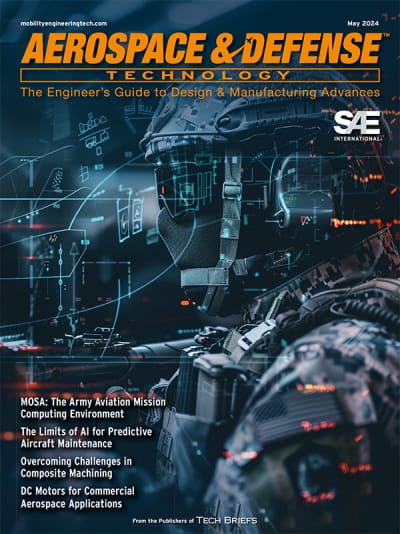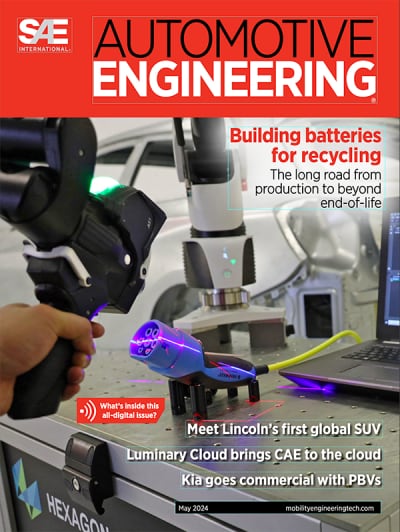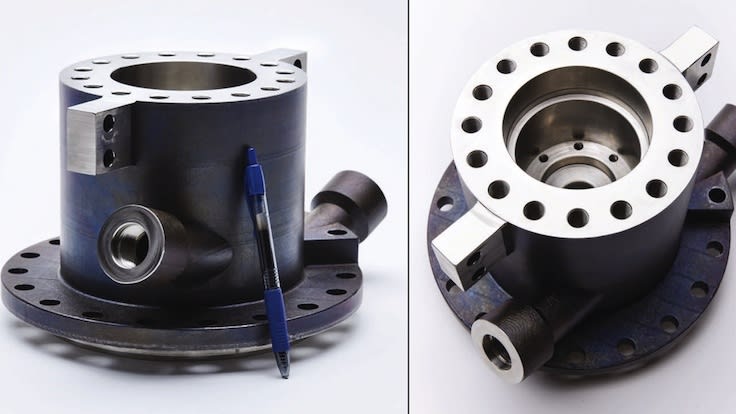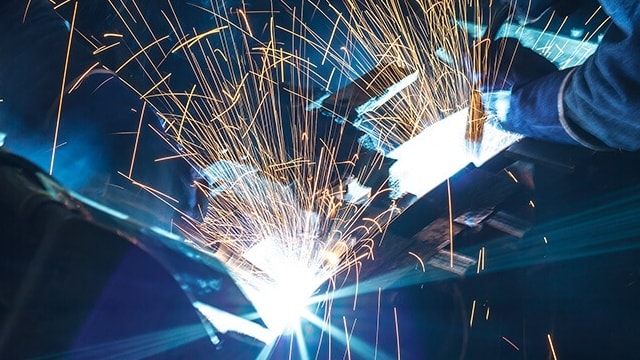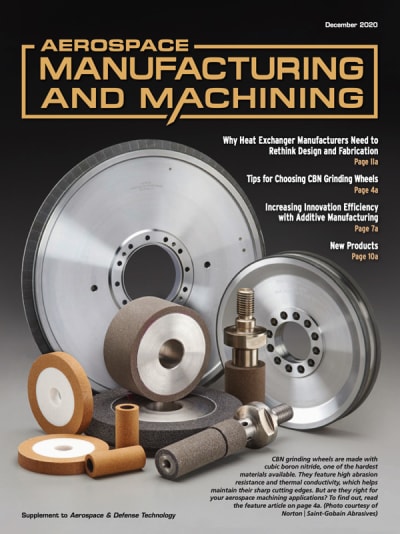
Why Heat Exchanger Manufacturers Need to Rethink Design and Fabrication
Wherever oil, fuel, or electronics are located in a commercial or defense aircraft, spacecraft, or UAV, there’s likely a heat exchanger nearby. Some heat exchangers channel fuel stored in aircraft wings to cool the hot oil that lubricates the power system— as well as preheat the fuel on its way to the engines. Gearboxes produce an excess amount of heat that needs to be dissipated. And the increasing amount of electronics in modern aircraft must be precisely maintained at safe temperatures to function properly.

A typical commercial jet needs four to six heat exchangers per engine. The high temperature of the air that bleeds off the jets must be stepped way down before it can support other systems in the airframe. Interior air conditioning and refrigeration require exacting heat-energy modulation as well; as a result, the average commercial craft can contain 20+ heat-exchanger units overall.
Some military aircraft use additional heat-exchange systems to mask their infrared signature.
Drone design is all about balancing tradeoffs between engine size and cooling-system weight to achieve optimum power and range. Satellites are crammed full of heat-generating electronics. Clearly, heat-exchangers are essential for keeping aircraft of all types aloft and functioning properly. So why are we still making the vast majority of these systems using methods developed by the ancient Egyptians?
The Drawbacks of Traditional Brazing Techniques
I’m referring to brazing, which was first employed in 2400 B.C. for metal jewelry. Brazing joins different pieces of metal together with a coating of filler material, without melting the original parts like welding does. Until now the technology has been the standard for heat-exchanger manufacturing, in which complex, multi-part assemblies (such as an array of cooling fins) can be brazed into a connected whole, with very little distortion, to exponentially increase surface area available for heat dissipation and/or transfer.
But this “tried and true” methodology isn’t particularly efficient. Most heat-exchangers for aviation are still assembled largely by hand, requiring many hours of skilled labor and multiple production steps. Part count can range from hundreds to thousands of pieces (often aluminum or stainless steel) per unit. Brazing a finished assembly into a functioning whole takes place in dedicated vacuum ovens that must be carefully controlled for moisture and residual contaminants that can affect quality.
Nickel is a common brazing material but, when greater ductility or corrosion resistance are needed, costly gold, silver or palladium—several ounces per assembly—could be used. After brazing comes welding to headers, a high-precision, expensive task (an average of $100 per weld joint) whose qualified professionals are in increasingly short supply these days. Next comes inspection, rework if necessary, vapor degreasing and more welding to integrate the unit into the overall system.
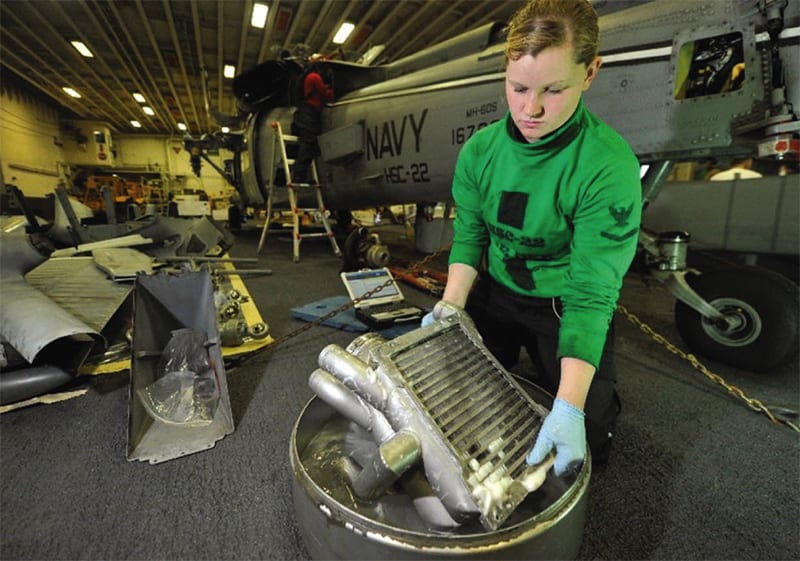
It's a messy business. Brazing and welding processes commonly create byproducts of a variety of highly toxic substances—such as trichlorethylene, hydrofluoric acid, or hexavalent chromium—that are increasingly being strictly controlled, if not outright banned, by countries that have aircraft-related manufacturing facilities. The industry as a whole is being challenged to reduce or eliminate such chemicals without impacting quality and performance. It’s time for a change.
Additive Manufacturing Shifts the Process Flow Paradigm
Additive manufacturing (AM aka 3D printing), offers an alternative. Part consolidation enabled by AM can reduce those hundreds or thousands of heat-exchanger parts down to a single, multi-functional one—no brazing needed. Assembly times are correspondingly slashed, while units are lighter and stronger. Because 3D printing takes place, start to finish, within an inert, sealed build chamber, no toxic by-products are released into the air, significantly reducing the environmental footprint of heat-exchanger manufacture.
All these factors add up to why a variety of different types of aircraft, from both leading manufacturers and competitive startups, are already flying with some 3D-printed parts.
Current AM technologies Are Not Up to the Task Ahead
To date, however, the complexities of the newest, most sophisticated heat-exchanger designs have remained a challenge for most currently available 3D-printing equipment.
Some available AM machines can indeed reproduce a traditional, plate-fin heat-exchanger design in a single piece with no need for brazing. But aerospace and defense industries are already looking ahead to more advanced, high-performance heat-exchangers with complex geometries that require production methods unconstrained by the manufacturing limitations that still exist with most AM systems today—such as the 45-degree rule, or the 8:1 aspect ratio—all of which can create roadblocks to efficiency.
High-performance heat exchangers, often designed with the latest computational modeling software, are out of reach of almost every current 3D printer. We’ve seen examples of drone designers working with leading printer makers, literally for years, to bring their ideas to life—but not succeeding until they discover the next-generation machines. Only this newest AM equipment can produce the full roster of geometries inherent to the highest-efficiency heat exchangers, which can be customized and optimized for whatever surface-area requirements a particular flight application may dictate.
Quality Control for Mission-Critical Parts
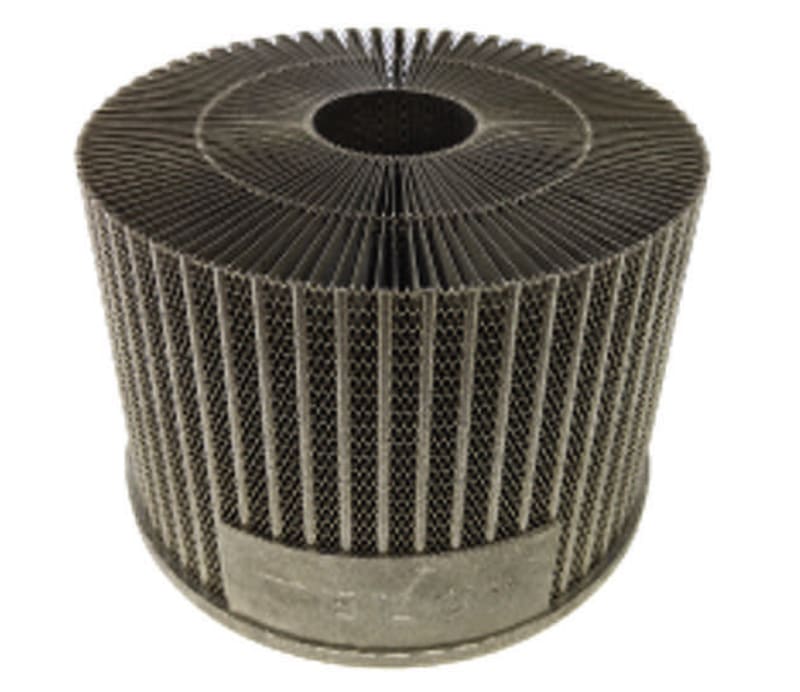
Mission-critical requirements for precision and repeatability demand extreme quality control. The next-generation AM systems are integrated with automatic calibration, in-process monitoring, and comprehensive build reporting that helps the user interpret part integrity.
This kind of quality assurance system has been developed specifically for the AM process, unlike earlier, outdated approaches developed for traditional manufacturing processes. And this provides the level of quality assurance that is more capable of meeting regulatory standards in aerospace.
Furthermore, in such advanced AM machines, a materials switch—say from traditional stainless steel to an aerospace-grade aluminum alloy—can produce significant performance gains: going from stainless 321/347 to AL F357, for example, can net at least a 20% improvement in thermal conductivity and a weight reduction of 65%.
Smoother surface finish straight out of the build, with no need for elaborate refinishing, is an additional benefit provided by the non-contact re-coater technology and process control that the newest AM machines use. The thicker, rougher surfaces produced by most other equipment can interfere with the efficient flow of liquids and air.

Shifting the aerospace heat-exchanger supply chain from the laborious processes of the past into a more innovative and productive future is a goal widely shared across all flight-related applications that involve temperature regulation. We can 3D print traditional heat exchangers more efficiently already, but the real benefit will come hand-in-hand with the next generation of additive technology—which will enable the industry to break the paradigm of traditional heat exchangers. These newest systems can print low angles, high aspect ratios, and other factors that will enable a true “evolution” of heat exchanger design and manufacturing.
This article was written by Travis Grohoske, Solutions Engineer, VELO3D (Campbell, CA). For more information, visit here .
Top Stories
INSIDERDefense
![]() AI Pilots X-62A in First Aerial Dogfight - Mobility Engineering Technology
AI Pilots X-62A in First Aerial Dogfight - Mobility Engineering Technology
INSIDERAerospace
![]() Stratolaunch Approaches Hypersonic Speed in First Powered TA-1 Test Flight -...
Stratolaunch Approaches Hypersonic Speed in First Powered TA-1 Test Flight -...
INSIDERUnmanned Systems
![]() Hermeus Rolls Out First Quarterhorse Hypersonic Test Aircraft - Mobility...
Hermeus Rolls Out First Quarterhorse Hypersonic Test Aircraft - Mobility...
INSIDERManned Systems
![]() Marines Select Prototypes for Light Armored Vehicle Replacement - Mobility...
Marines Select Prototypes for Light Armored Vehicle Replacement - Mobility...
INSIDERMechanical & Fluid Systems
![]() US Navy Taps Hunt Valve for First 3D-Printed Submarine Assemblies - Mobility...
US Navy Taps Hunt Valve for First 3D-Printed Submarine Assemblies - Mobility...
INSIDERAerospace
![]() Two Prototypes Selected for Air Force Collaborative Combat Aircraft Program -...
Two Prototypes Selected for Air Force Collaborative Combat Aircraft Program -...
Webcasts
Power
![]() Transforming Transportation Manufacturing: Unlocking Growth with...
Transforming Transportation Manufacturing: Unlocking Growth with...
Automotive
![]() Accelerating the Software Development Life Cycle for the...
Accelerating the Software Development Life Cycle for the...
Automotive
![]() Applying Model-Based Design to SDV Development: A Practical...
Applying Model-Based Design to SDV Development: A Practical...
Communications
![]() Product Compliance Challenges for Wireless Radio Devices in...
Product Compliance Challenges for Wireless Radio Devices in...
Defense
![]() Building Strong Defenses: Enhancing Supply Chain Resiliency in...
Building Strong Defenses: Enhancing Supply Chain Resiliency in...

